Producer Pad: Get The Keys to Killer House with BUDD
Cracking the code to originality: House music producer Chris Budd has done it.
Based out of Birmingham in the Jolly Olde UK, Budd has built having his own sound to some pretty amazing payoffs. It’s earned him a busy career as a producer, remixer, engineer and composer, as well as an EDM artist excellent enough to make it onto deadmau5’s mau5trap label, with his new Ghost EP (as BUDD) having just dropped on April 20th.
But just because this prolific artist is comfortable in his own skin doesn’t mean he won’t take chances. His creative explorations of house, techno, progressive and trance are enabled by a fast workflow he’s established in his home studio, a minimalist Producer Pad where he’s more prone to clean house than add anything unnecessary. For more proof that his system works, hear his Triangular EP released this past October.
Working out of this stripped down facility for clients including Dirty Vegas, The Wombats, Ministry of Sound, and FIA Formula E electric car racing, Budd has learned a thing or two. What’s his trick for making house music that he knows will work on a big system? How is his studio built for speed, to allow the ideas come quickly? Why does he believe its not just perfectly OK to mix in headphones, but that it’s an essential skill for electronic music producers and mixers to take on? What’s his very affordable advice for equipping your own producer pad to bring out your own sound, and after all that why does a producer need access to more than just one studio from time to time?
All that, plus some no-holds-barred killer quick tips on mixing vocals and drums for EDM are within this P Pad interview. Like his beats, the wise words of Chris Budd are sure to satisfy.
Producer Pad: Chris Budd
Location: Birmingham, UK
Neighborhood Advantages: The musical heritage of Birmingham is huge with the city being responsible for the birth of heavy metal. Black Sabbath, members of Led Zeppelin, as well as UB40, Ocean Colour Scene and Duran Duran all coming from our fair city.
I also think there’s something of an advantage to being out of the glare of the London scene and all that goes with being in the thick of it. I feel being out of it means you do your own thing more, and allows for more exciting new scenes to pop up without the influence of the capital. Plus, it’s a hell of a lot cheaper being up here than it is than having studio space in London.
That BUDD Sound! My sound tends to move about a bit, but is always predominantly influenced in the house lane. I’ll sometimes lean more towards techno end of the spectrum or the trance/progressive end. I tend to move about a lot because I work on so many different styles. It’s always melodically driven and heavily chord-based as I can’t stand dance music that’s just a drum loop and a vocal sample over a one note bass line.
There’s a lot of 80’s influence in the sound of the records with both the classic synth sounds, production techniques like backwards reverb and gated reverb on drums and everything being a little warmer but still very polished. There’s always one foot in the future but very aware of the past and probably would sit somewhere between the UK sound and the USA mixing style, maybe I’m stranded in the middle of the Atlantic somewhere — HA!
I used to make records with a very kitchen-sink approach, especially when I used to do fatter, more big-room stuff. I tend to make music with key layers now, then stack them so there’s almost the Zimmer approach to heavily producing a very simple musical idea. These things tend to translate well on a big system and still retain some sense of emotion, rather than simply a face-melting synth line and a huge kick drum (not that I don’t LOVE a kick that devastates a club!).
I’m also very open about my influences and what I do, I’d like think if people know the people I look up to they’ll “get” my sound, as its essentially a melting pot of all that I like and I try to make my own version of that. I’m not so pretentious to think that I’m reinventing the wheel.
Geek Out! For a while I’ve been on a massive ‘80’s tip with production, especially with sounds like using gated reverb (sparingly) on drums, or backwards reverb on vocals, or letting things swim a bit more in the mix.
I’m a sucker for a good “ping-pong delay” on a vocal. I love it when sounds move around a little bit in the stereo image. I’m a big fan of reversing a vocal, swimming it in reverb then reversing it back. I’ll do that a lot behind the lead vocal to make interesting layers, and then usually use distortion to bring out harmonics and more often than not side-chain the crap out of it to get an interesting feel to the pre-delay or tail of the reverb.
I’ll sometimes do similar things on drums putting the compressor after the FX to get that real pump to so say a reverb tail on a snare or clap. I always do a lot of parallel compression on, say, my kick, then snares and clap separately, then on the drum bus as a whole. I’ve also been experimenting more with parallel distortion too, to fill up the background image of a subtle layer.
For Example
The Triangular EP on Mau5trap
Facility Focus: I’m really all about speed of translating my ideas so I’m very conscious of having my templates set up for speed of the creative process. I can sketch an idea very quickly knowing that I have all my mix tools set up and ready to go like drum busses or parallel chains, reverb sends etc. For my more artist-focused stuff I know exactly where my signature pallet of sounds are located and have combinations of layers that I’ll tend to use on most records because I know they work together….with the Audient id22 audio interface I can record quickly if and when I need to.
A Producer Pad Must Have… We live in an era of everyone having access to every sample pack or preset pack, every VST and you can throw together an amazing record quickly on a laptop. So I’d say any producers pad must ideally have a vibe for inspiration, as it really is all about the ideas.
More technically I’d say find a tool that you can use in a unique way that very few other people use. Be it a drum machine or a whacky piece of modular synth or whatever. I know I have a couple of little secret weapons that are really old and very cheap little plugins including one of my main reverbs for effect. Sometimes cheap and nasty can deliver amazing and original results. As important as any other tool…a producer pad MUST HAVE a really comfortable chair HA, that’s a non negotiable for any studio I work in!!
System Highlights: At my home studio I’m very much in the box running Cubase on my main system, then having Ableton on my laptop for remix stems or manipulating samples or simply for putting DJ mixes etc… together. I use two sets of monitors, my main ones being my Dynaudio BM5’s, then I have some KRK VXT6’s for a bit of contrast (WOW do they sound different than the Dynaudios!).
The hub of my system is my audient id22 which I don’t see too many in dance music using. I was sent it by the Audient guys to beta test and it’ll be staying for a long time, I hope. I love it. It’s robust, simple to use and has enormous expansion possibilities if I need. I can record at home on it and it’s small enough to take out on the road when I need to.
As far as in the box I’ve actually just recently had a clear-out of some of the synths and plugins that’s id fallen out of love with so it’s very much a leaner and meaner system. Certain things like say, Nexus, for example, you hear on so many records I felt it was advantageous to just remove it from my pallet of sounds.
I’ve really gone back to the emulations of the older analog classics like the MiniMoog, Juno, Prophet 5 and then processed them with a modern twist. I also have a couple of really old discontinued plugins that I just can’t get rid of and they’ve become key in the “BUDD sound.”
In the Headphones: The quality of headphones now are superb. I religiously use BeyerDynamic DT770’s for reference. They were a real light bulb moment when I started to mix on those: The mixes on them translate so well and they’re a really killer combo, alongside my Bm5as.
I also feel especially in electronic music where so many people tour so much, that it’s a real necessary skill to be able to create and mix on headphones when you’re on planes and in hotels. The fact that a huge percentage of the population of the world listen to music on their phone through headphones means more than ever they’re the platform you need to mix to. The days of people buying high-end pro audio for their home are long gone.
Two Studios Are Better Than One: I think it’s good to sometimes separate different stages in the creative process. To produce and compose, for example, I’ll always do that in my own project room at home. Anything that’s programmed, the same. For vocals, I’ll always tend to go into the bigger studio and always for guitars as well. I have a couple of “go-to guys” for guitar-based stuff who I know will nail the sound I’m after and then I can concentrate on the overall sound.
Being able to go out and work in the countryside has always made for a nice contrast too. Sometimes in studios in the city you feel like you’re constantly on the clock, and can’t experiment or get lost in the project. It’s great to go to another room occasionally too, to just test out material and refresh your ears and hear music in a totally different space and if/how it translates. Having the more hands-on approach of a larger format desk is sometimes great, too, especially when mixing levels etc…
The building is on fire, you only have time to grab ONE thing to save, what is it? I’d probably just grab my hard drive, I’m more precious about the ideas I’ve created than a lot of the kit which is for the most part replaceable. Saying that, if I can dash back in I’d probably grab my Dynaudios which I love.
What’s Next: The next “Ghost EP” lands on mau5trap on the 20th April, then we’re rolling straight into another EP off the back of it called the “Spangled EP,” then a run of singles. Remix-wise I also have a couple of bits for UK acts The Wombats and GRAMMY-winning Dirty Vegas due out very soon as well. I’ve also got another big batch of music out for the guys at Formula E for their broadcast and events so that’s quite a big ongoing project and has been for the last couple of years.
Workflow-wise I guess I just want anything I work on, where possible, to have my sound or some kind of identity so that people hearing it go, “Oh I bet that’s him, it’s got his touch to it,” which a load of my producer mates say I tend to have on a lot of material. I try to apply the same approach to the aesthetics of records too so everything has a look and feel to it which is somewhat my own, or at least very cohesive from one release to the next!
Dream Session: OOOOOH a jam session with Prince would have been great fun. More in my world, I guess everyone would love to see behind the masks of Daft Punk so I’d maybe shove them in the studio with Eric Prydz, Deadmau5 and The Chemical Brothers. Then because we’d need some lyrical prowess, I’d have to get Noel Gallagher in there, he’d be great for footie banter too (soccer to the Americans).
How You Can Make it to Your Own Producer Pad: You’ve got to commit time to your trade. It takes time to get your head round the technical aspects of producing and mixing, and probably even more time to master the musical language especially if you’re more of a composer than a producer. I’d also say find your own way to solve problems — it’s usually the guys who crack this who end up nailing “their sound” with something unique. It’s so hard to do something genuinely original so I think anything you can do to crack that, DO IT!!!
Anything Else to Add? It’s going to be really interesting over the next 5-10 years to see how artificial intelligence gets introduced into music making. I know a couple of guys working on really interesting projects that could really bring a human aspect to in the box production. The flip side of that being it’s great to see musicians and live instrumentation being used more and more in electronic records.
As a side note: God bless the death of the loudness war, which I feel has finally been put to bed!
— BUDD’s new Ghost EP has just launched — hook on to it right here.
Please note: When you buy products through links on this page, we may earn an affiliate commission.







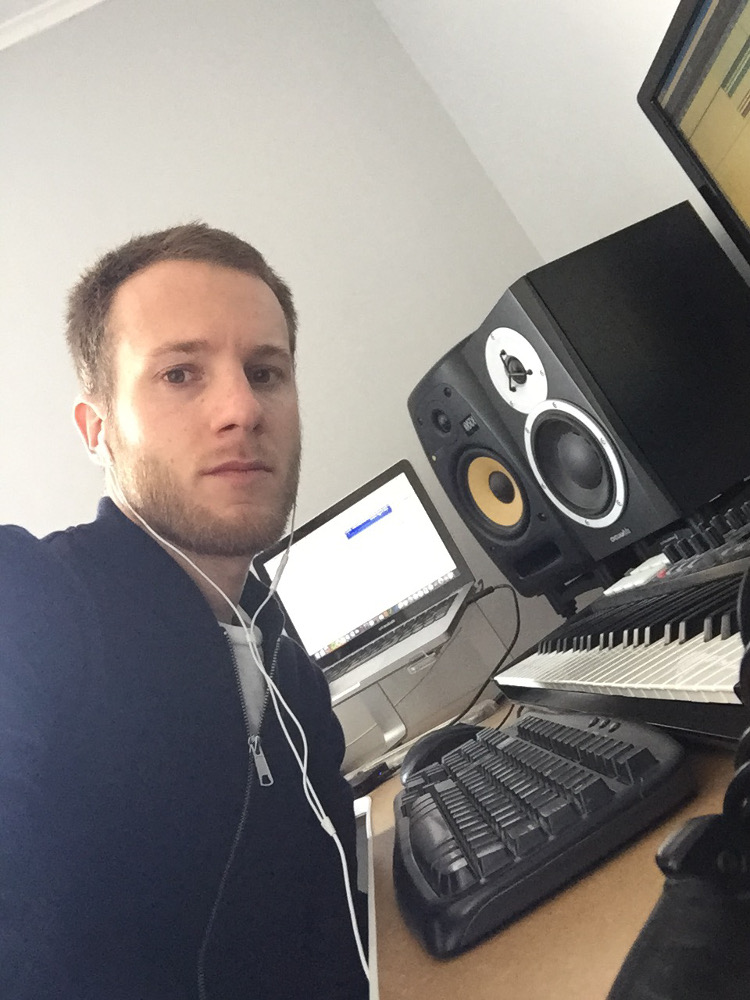
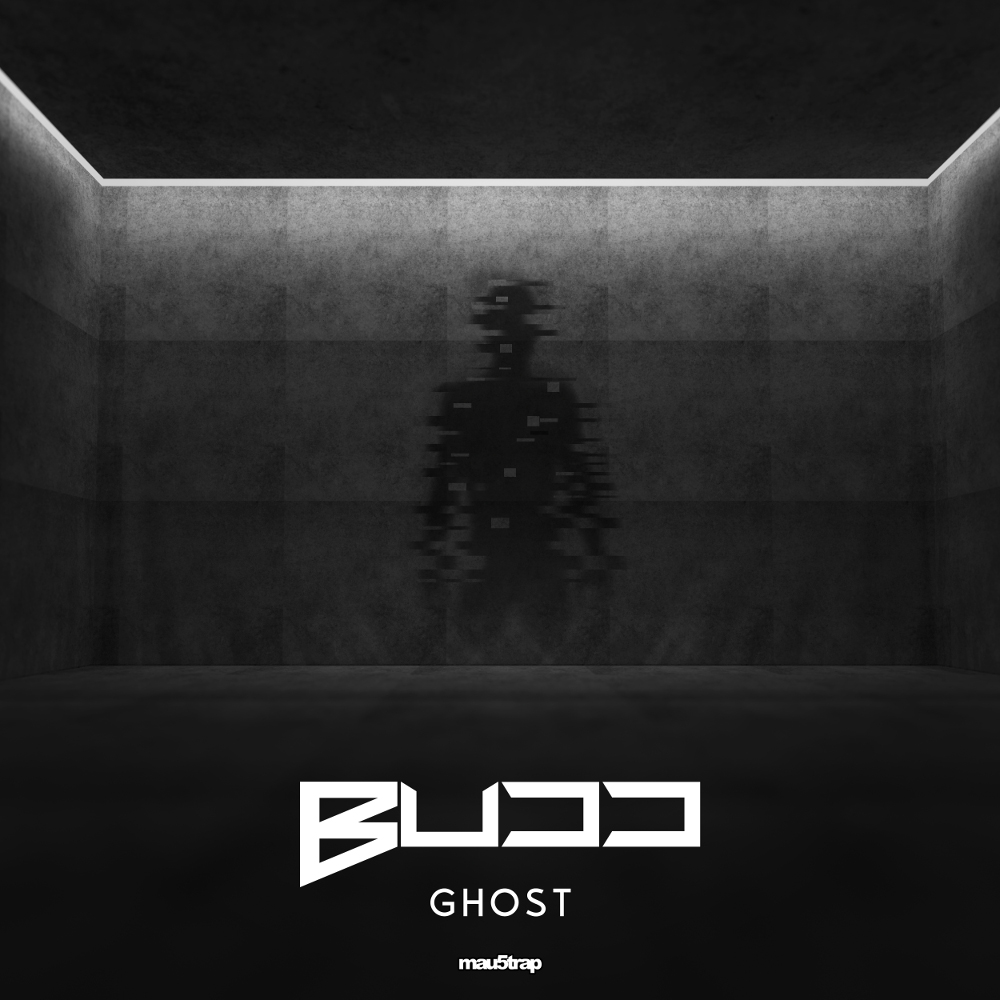
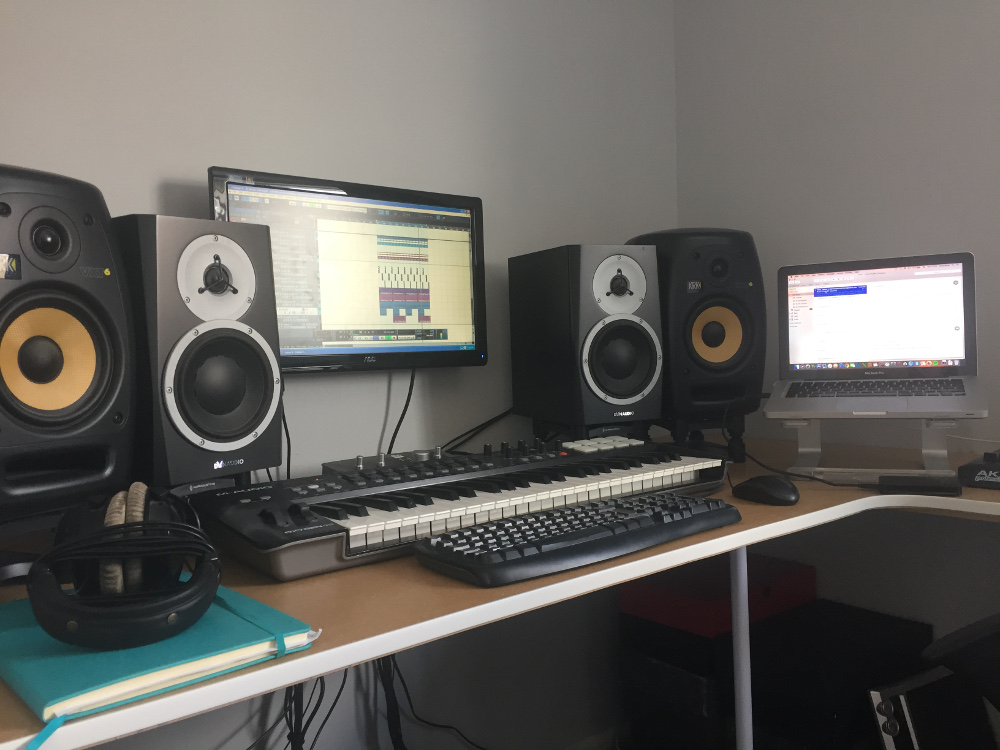
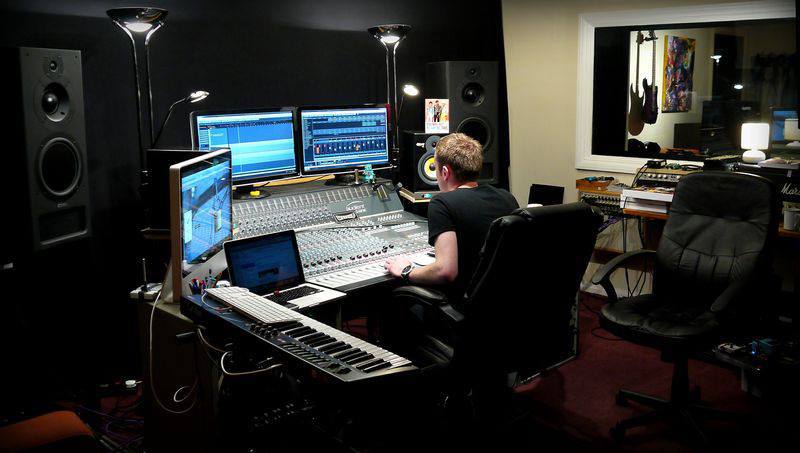
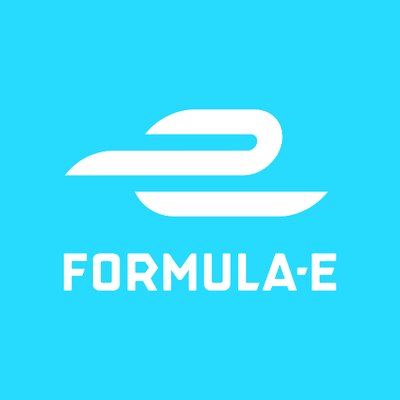
[…] http://sonicscoop.com/2018/04/23/producer-pad-get-keys-killer-house-budd/ Producer Pad: Get The Keys to Killer House with BUDD […]